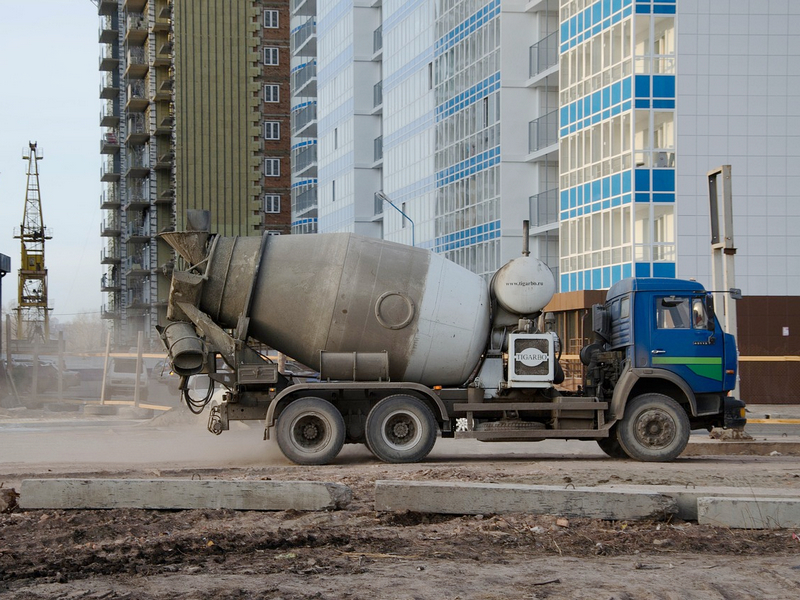As the mainstay of the modern construction field, the demand for concrete continues to rise, and concrete mixer, naturally, has become an indispensable core equipment on all kinds of construction sites. Although compared to the bridge, cranes and other behemoths, concrete mixer maintenance work seems to be relatively easy, but in fact, every detail is related to the stability of its performance and durability, especially the cleaning process, it is not to be ignored. In the concrete mixer cleaning, the following details are particularly important:
Regular maintenance: according to the maintenance manual provided by the manufacturer, regular professional maintenance of the mixer, including but not limited to the mixing drum, transmission components, lubrication system cleaning and inspection, as well as the necessary grease filling. This can not only effectively extend the service life of the equipment, but also improve the mixing efficiency and ensure the quality of concrete.
The safety check before starting: before starting the mixer each time, the operator should carefully check whether all the indicators and buttons on the control panel are working properly to ensure that the safety devices are intact. At the same time, check whether there is any foreign matter left in the mixing cylinder to avoid unnecessary wear and tear or malfunction when starting the machine.
Thorough cleaning after stopping work: After the construction is finished, run the mixing cylinder for a period of time (10 to 15 minutes is recommended) using water and appropriate amount of stones to remove the concrete residue attached to the cylinder wall through physical friction. Afterwards, drain the water and stones thoroughly to ensure that the inside of the mixing drum is clean and free of residues. If you need to manually enter the mixing cylinder cleaning, in addition to cutting off the power supply, remove the fuse, but also need to ensure that all the control switches have been locked, and in a conspicuous position on the ‘no-closing’ warning signs, to prevent others from misuse.
Avoid violent cleaning: It is strictly prohibited to use sledgehammer and other heavy tools to beat the mixing cylinder wall, so as not to damage the structure of the equipment. The correct practice is to use a suitable chisel or scraper to carefully and cautiously remove stubborn concrete residues and keep the inner wall of the mixing drum smooth and flat.
Seasonal protective measures: in the cold season, not only to clean the mixing drum after work, but also need to pay special attention to emptying the water pump, water tanks and water pipes inside the water, to prevent damage to equipment components due to freezing. At the same time, you can add an appropriate amount of antifreeze to the water pump and water tank before shutdown, to further protect the normal operation of the equipment in the low-temperature environment.
In summary, the correct cleaning and maintenance strategy is of great significance for improving the operational efficiency of concrete mixers, extending their service life and ensuring construction safety. Only by paying meticulous attention to every detail, can the concrete mixer continue to shine in the busy construction site and contribute to the national construction cause.
